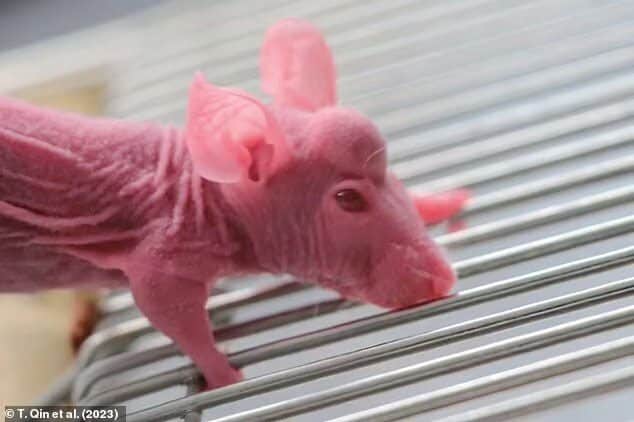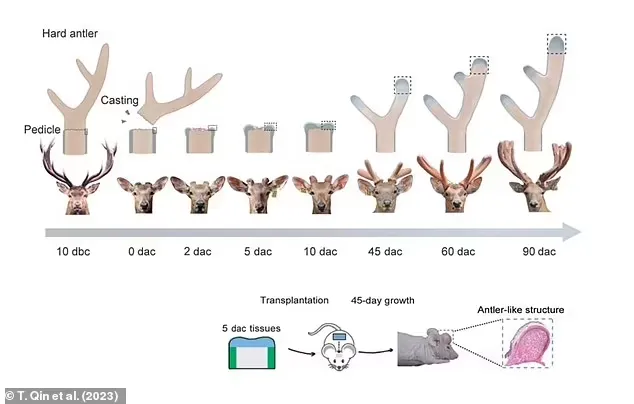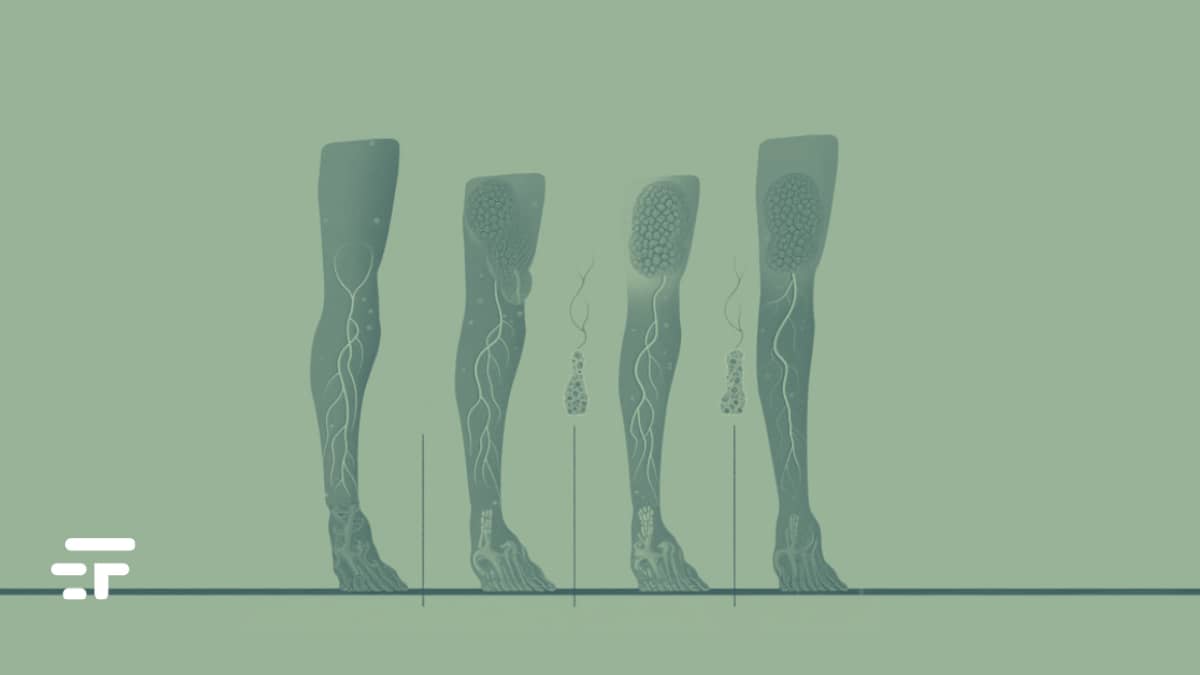What if we could learn how to regenerate human bones by studying deer antlers? It sounds strange, but that's exactly what a group of scientists are trying to do. Deer antlers grow back each spring, sometimes at the rate of 2,5cm (one inch) per day. Now, scientists want to figure out how to use the cells that fuel this growth to give humans the same ability to regenerate limbs.
In a study published in Science (I link it here), a team from Northwest Polytechnic University in Xi'an, China, was successful in transplanting deer antler blastema progenitor cells onto the foreheads of mice, which turned into small stumps within 45 days.

A unique ability among mammals
Deer antlers are the only known mammalian organ that regenerates each year, and they are also one of the fastest growing tissues. The study examining the blastema in deer identified the cells responsible for spring antler regeneration. Scientists found that in the weeks before antlers shed, stem cells were abundant in the stumps (the part that remains "fixed" in the deer's antlers). These cells transform into progenitor cells of the antler blastema after shedding and then harden into cartilage and bone.
Although many mammals have the same type of self-renewing cells, only deer use them to regenerate their antlers. This study suggests that mammals may have a distinctive regeneration mechanism. The success in transferring these cells from deer to mice raises hope that there may one day be a “clinical application in human limb regeneration,” as the study states. “The induction of human cells into horn blastema-like cells could be used in the regenerative medicine also to treat skeletal injuries".

Limb regeneration, a possible future?
Deer blastema research is something truly revolutionary, it seems. If one day we find our arm again after an amputation, perhaps we will know who to thank.


